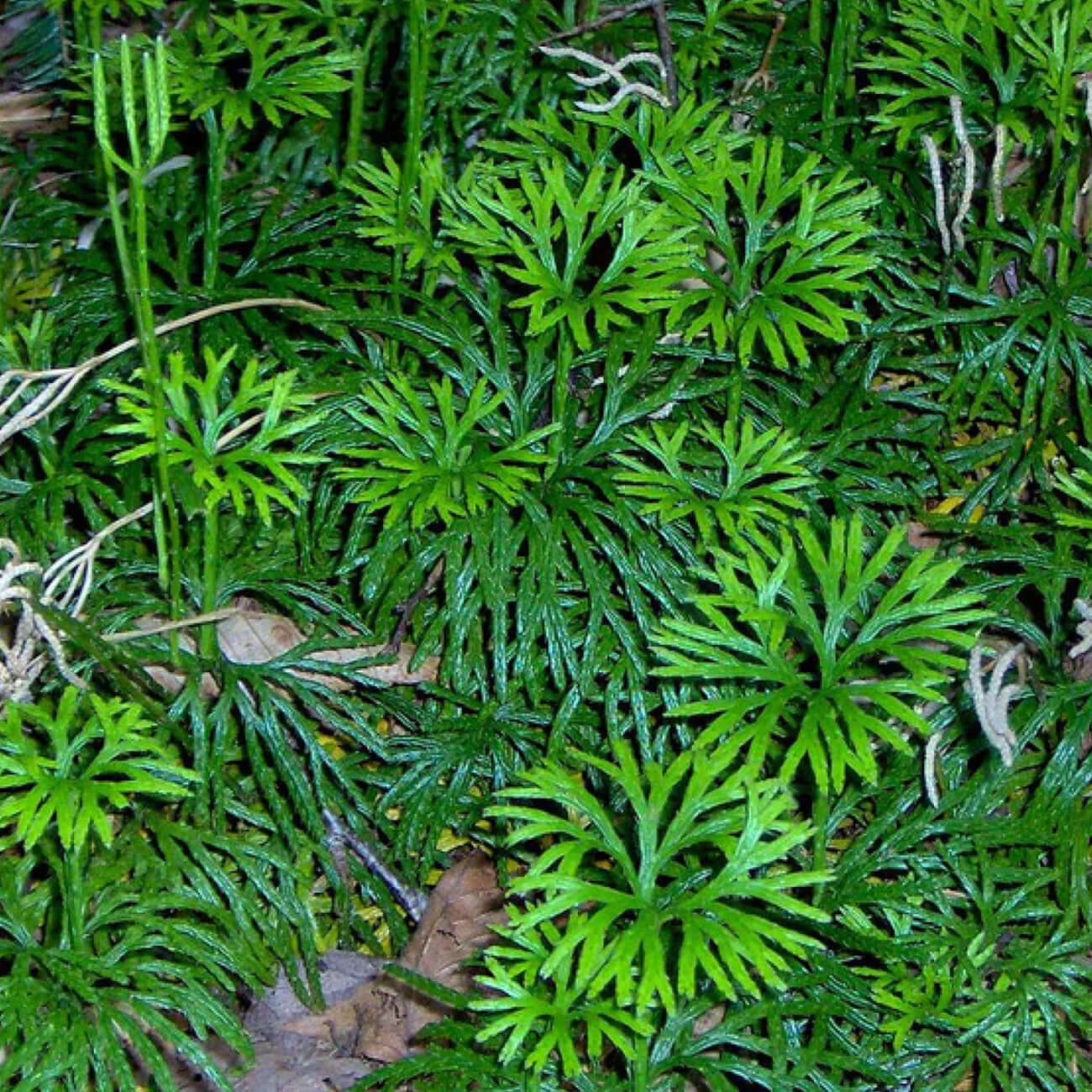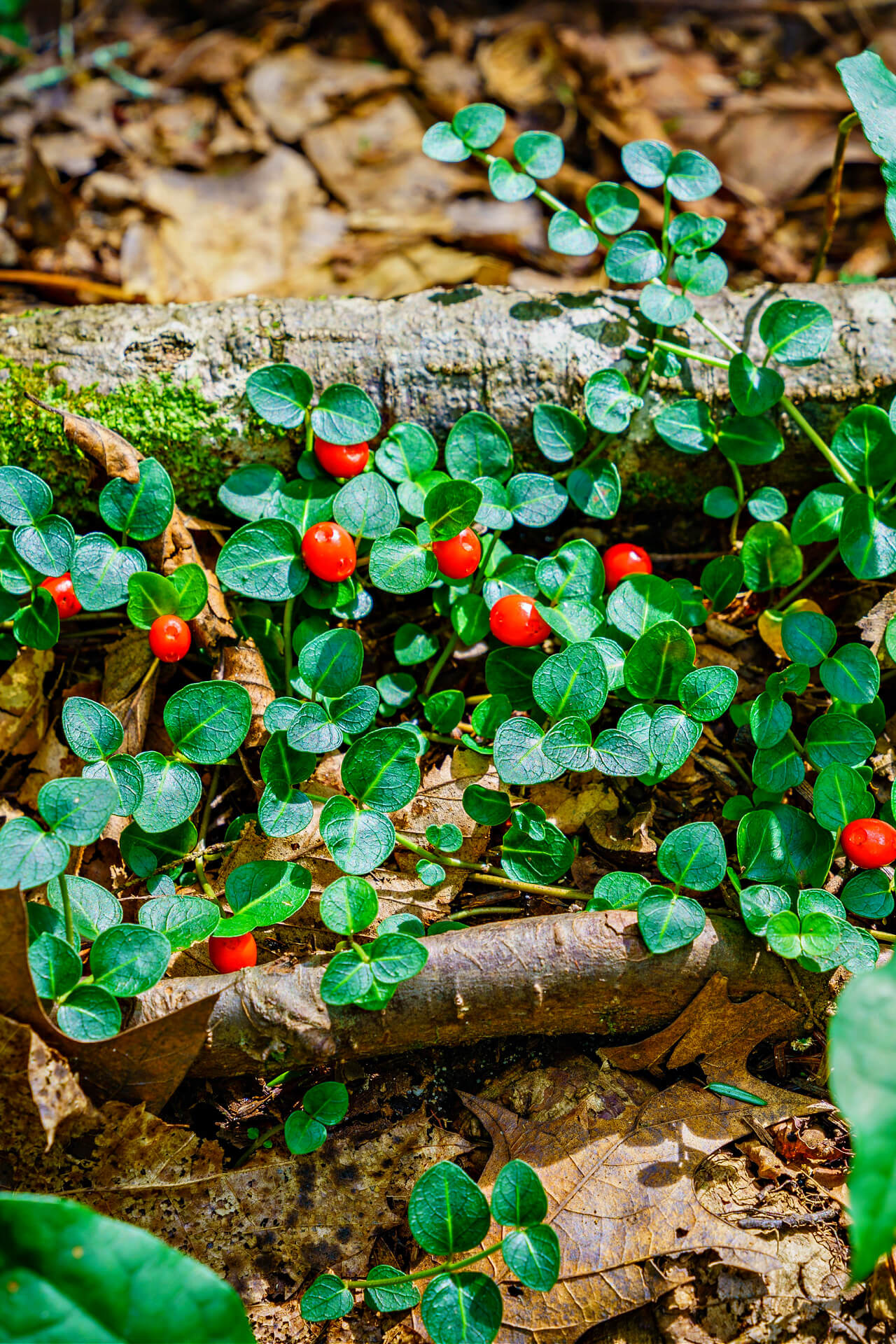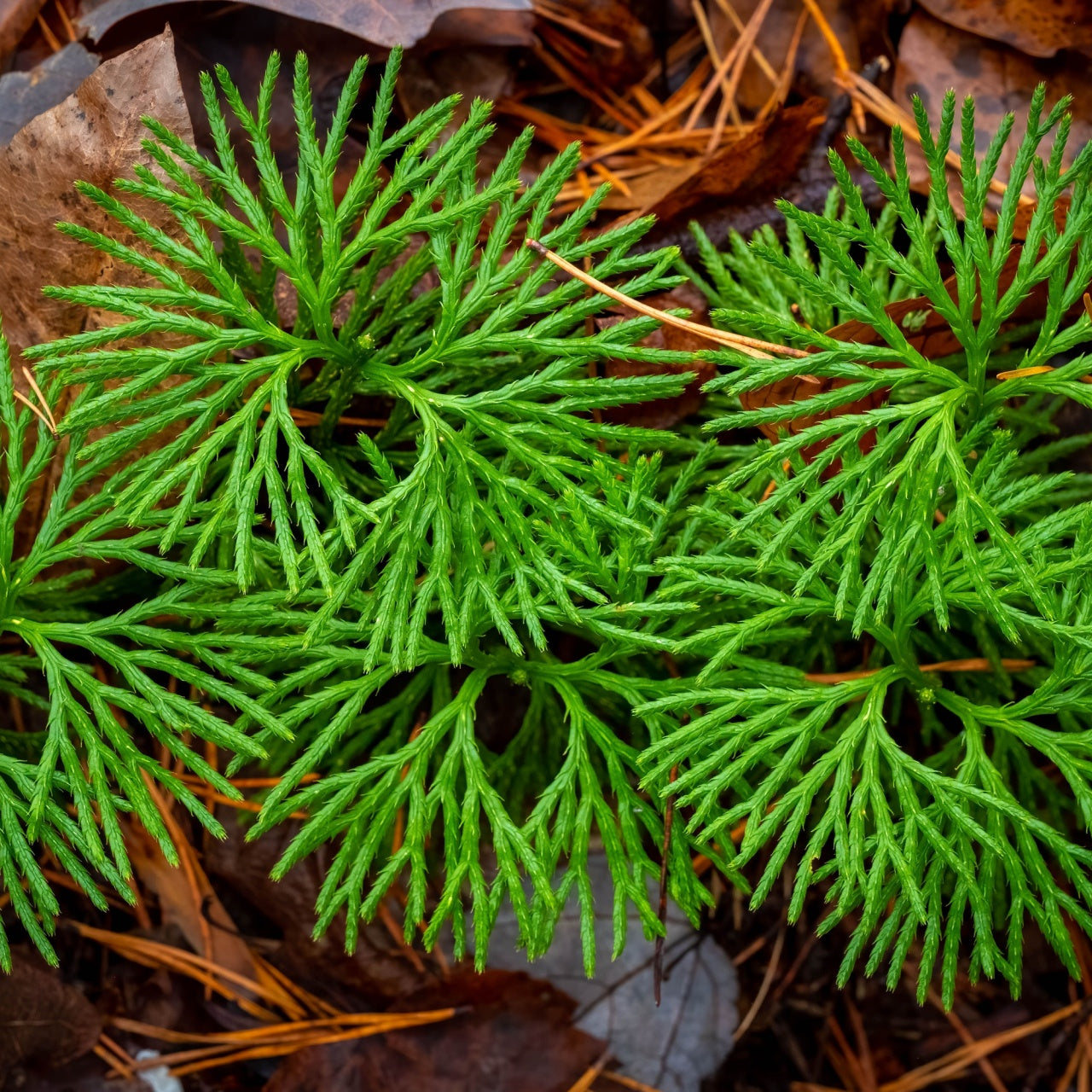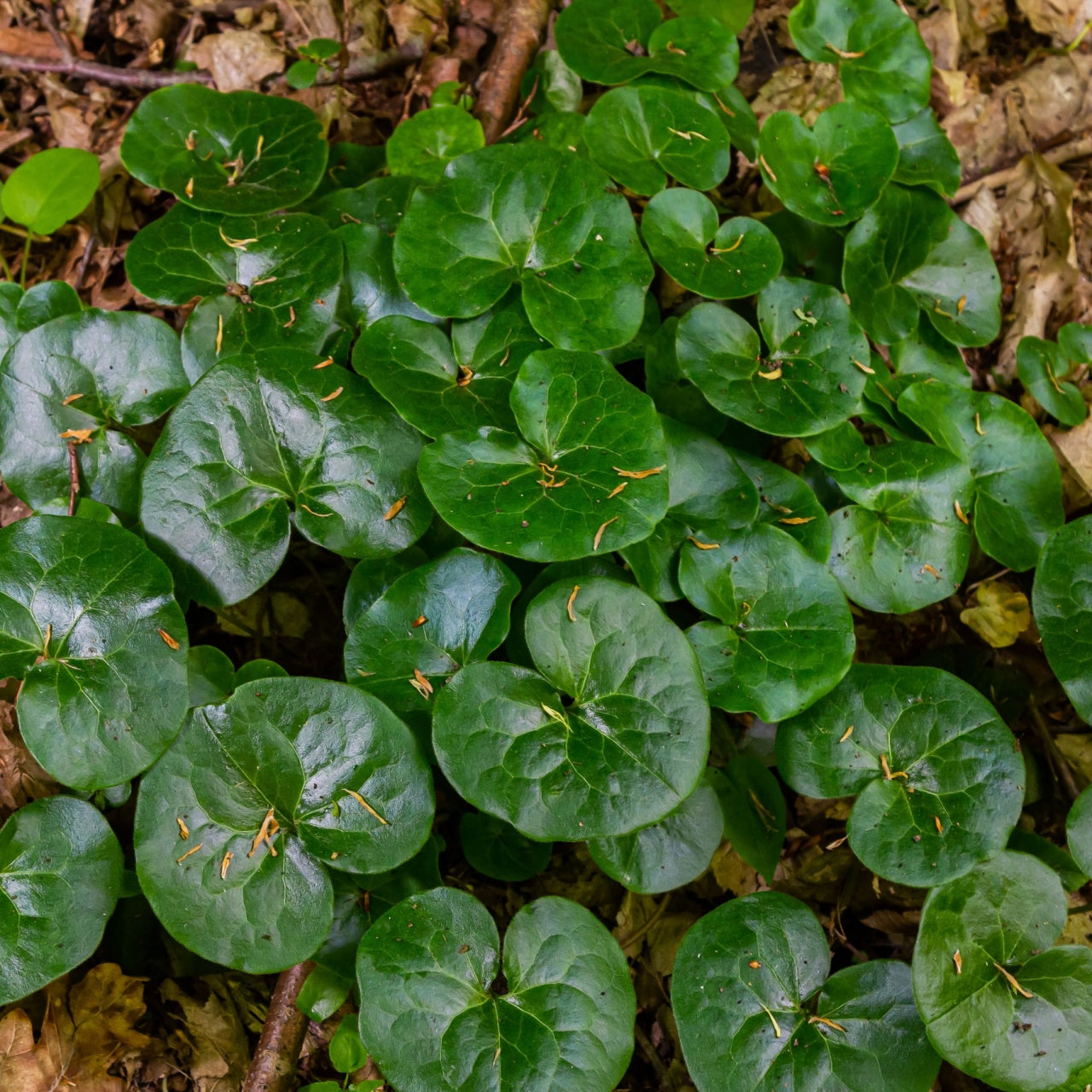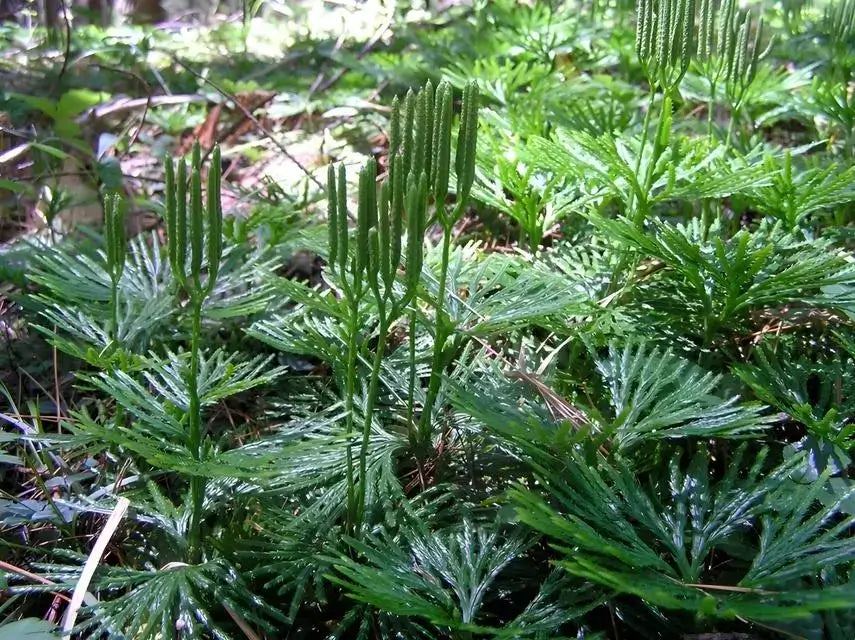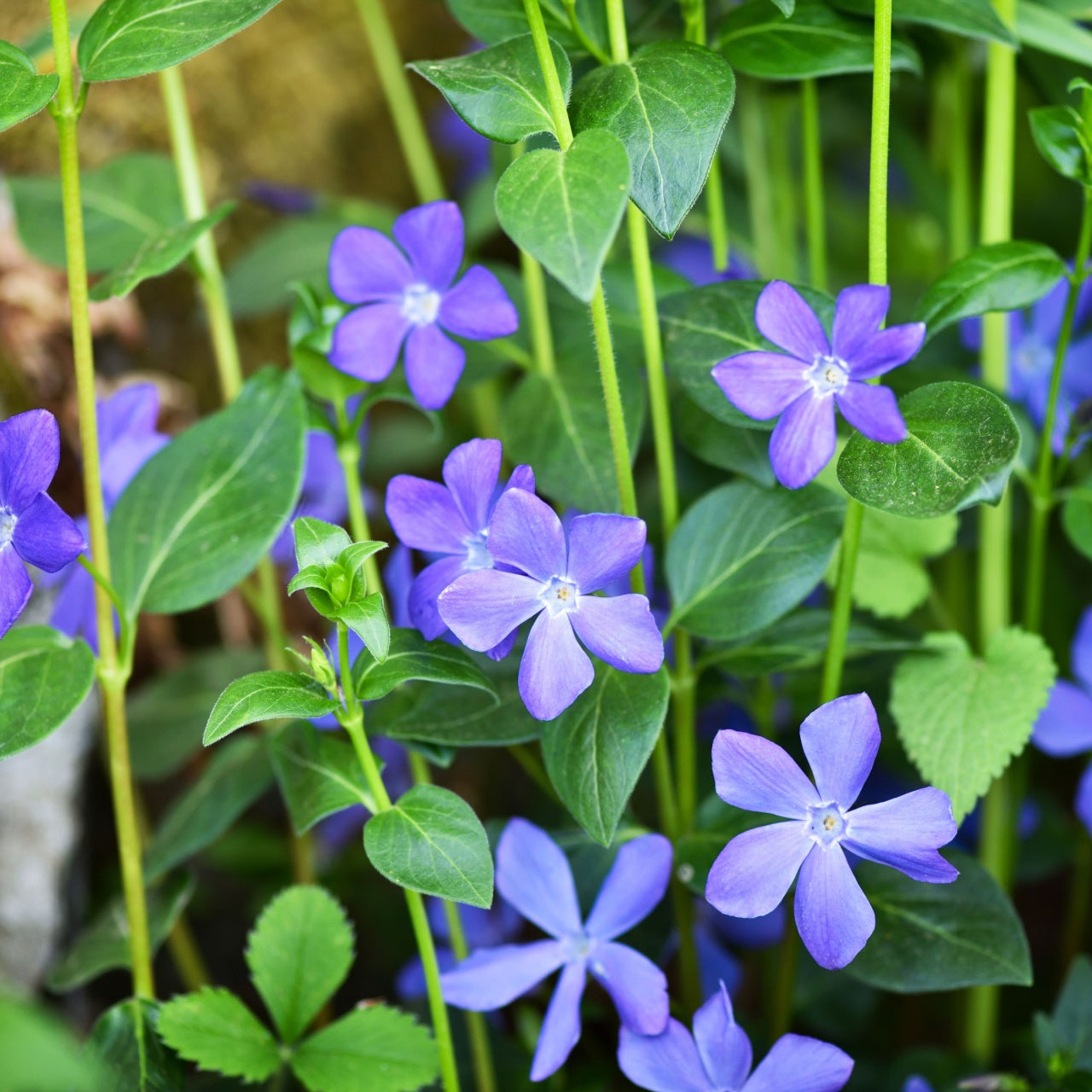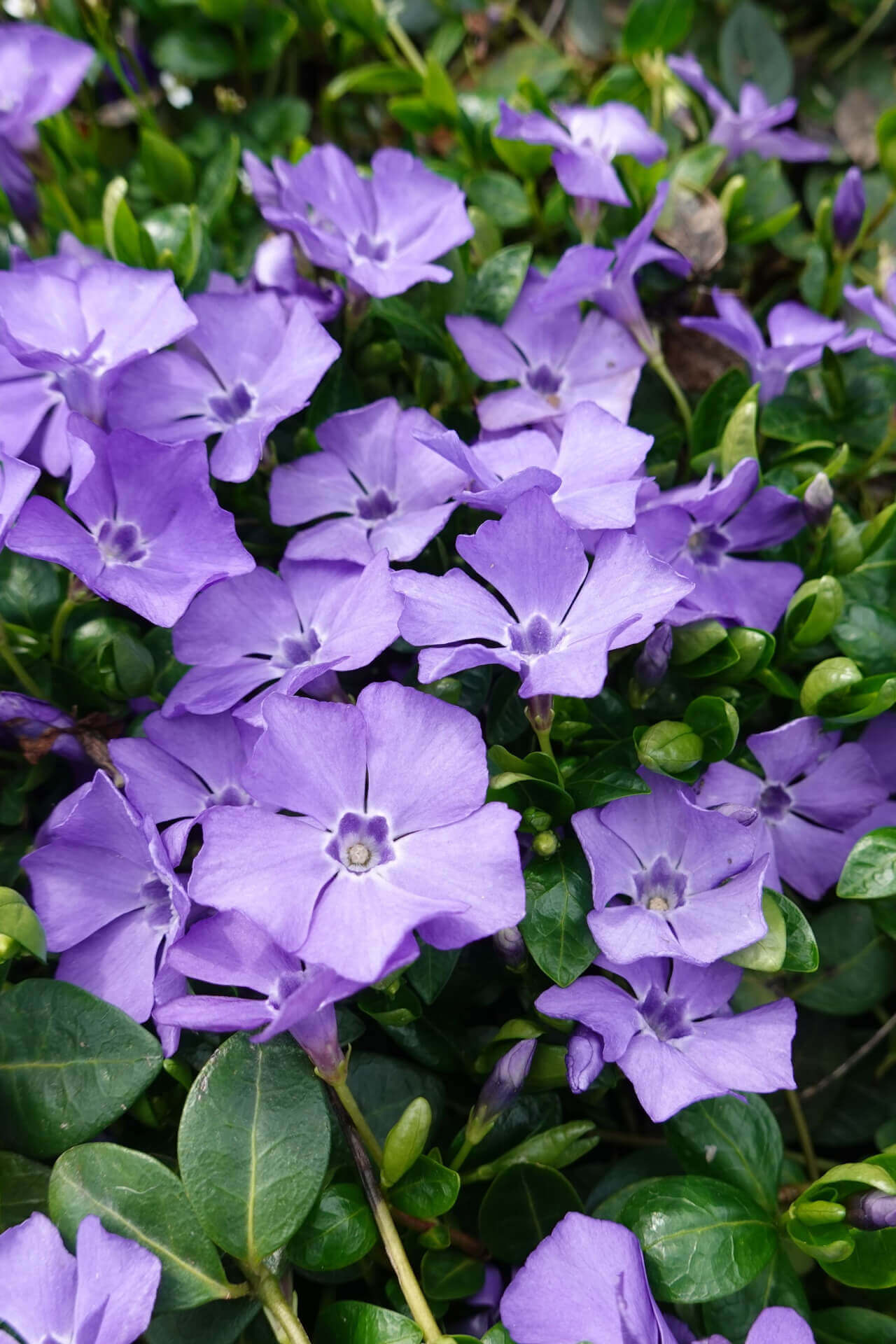Evergreen vines are incredibly versatile and can be used in many ways to enhance your garden or landscaping. From covering an unsightly chain link fence to providing colorful ground cover, there's a lot you can do with them. The fact that they're evergreen means you can expect color year-round and, in many cases, blooming flowers from late winter through spring.
Landscaping With Evergreen Vines
Evergreen vines are a go-to plant for many gardeners and landscapers because they have many uses. They require less space to grow than other plants for borders and privacy screens. People with small backyards or gardens can use them to add a lot of greenery and color in limited space. They can create shade to avoid growing a tree in your yard. They are also fast-growing, so they can be used to cover something with greenery and even flowers quickly.
Decorative Trellises and Arbors With Evergreen Vines
Planting Evergreen vines to cover a trellis or arbor is a favorite way to use them in a backyard. They provide a beautiful privacy screen and shade for the summer months. Just be sure to grow them on a sturdy structure. They have an aggressive growth pattern and could collapse a structure under their weight in time. Wisteria Sinensis, Vinca Minor, and Periwinkle are excellent choices for decorating a trellis or arbor.
English Ivy is a favorite for planting near a fence or climbing wall. It grows fast to provide a privacy screen. Even when the plant sheds leaves, it has new growth so quickly that it's barely noticeable. The densely green color of ivy allows it to fit well with any landscaping scheme.
TN Nursery Offers Many Evergreen Vines
Certain creeping types like partridgeberry plants can be used for colorful ground cover on hillsides or bare spaces in your landscaping. A ground cover grab bag from TN Nursery allows you to experiment with a batch of different types to see which ones are your favorite. We select the samplers we'll send you based on your zip code to ensure they're good choices for your climate zone.
Ajuga Reptans is one of our hard choices for an evergreen vine that works as ground cover. Its blooming flowers provide color in the spring and summer months and attract butterflies, bees, and other pollinators. Ajuga Reptans can form a carpet on the landscape where grasses don't want to grow. It also acts as a weed control plant and prevents soil erosion.
